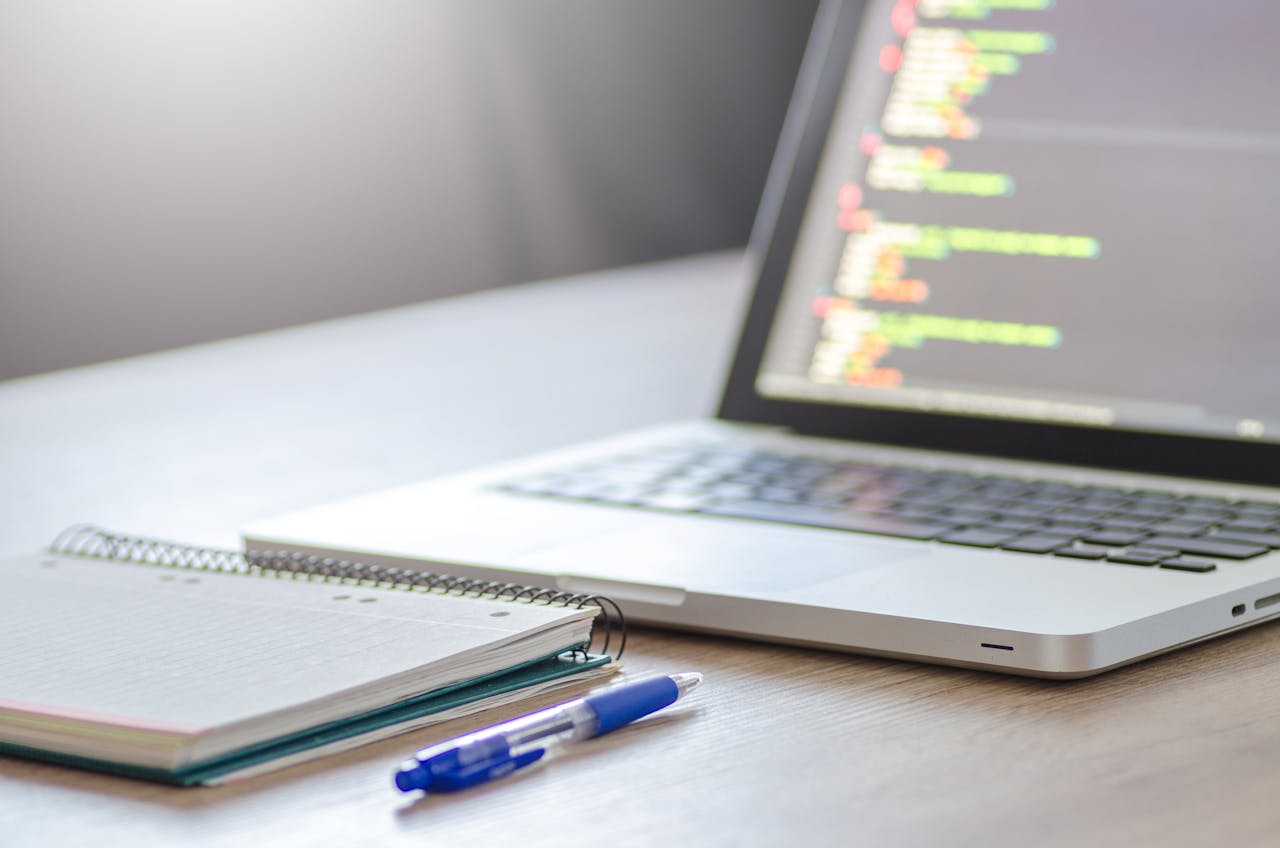 Newsletter Copywriting – Emails That Convert, Not Bore!
Newsletter Copywriting – Emails That Convert, Not Bore!
Understanding Pips, Lots, and Leverage in Forex Trading
Written by andr » Updated on: June 29th, 2025

Forex trading offers exciting opportunities to earn profits, but success doesn’t happen by chance. It starts with a solid understanding of the basics, terms like pips, lots, and leverage. Without grasping these key concepts, beginners can quickly find themselves making expensive mistakes. Whether you’re just getting started or aiming to sharpen your trading approach, mastering these fundamentals is crucial to improving your results.
If you’re new to forex and want to learn what pips, lots, and leverage mean (and how they affect your trades), this post is for you.
Understanding Pips in Forex
If you’re diving into forex trading, one of the first things you’ll need to understand is the concept of a pip. A pip, short for “percentage in point”, is a standard unit that measures how much a currency pair has moved in value. It’s a small number, but it plays a big role in determining your profits and losses.
For most currency pairs, a pip is the fourth digit after the decimal point. So, if the EUR/USD pair moves from 1.1000 to 1.1001, that’s a one-pip increase. The exception is currency pairs that include the Japanese yen, which are usually quoted to just two decimal places. For example, if USD/JPY moves from 110.25 to 110.26, that’s one pip.
Pips are at the heart of every trade. If you buy a currency pair and the price goes up, you earn profit with every pip it moves in your favour. On the other hand, if the price moves against you, each pip will increase your loss. That’s why understanding pips isn’t just helpful, it’s essential for managing your trades effectively.
How is a Pip Calculated?
The value of a pip in forex trading online isn’t the same across all trades; it depends on three main factors: the currency pair you’re trading, the size of your trade, and the current exchange rate.
Currency Pair: Different pairs have different pip values. For most currency pairs (like EUR/USD), one pip is 0.0001. But for pairs that include the Japanese yen (like GBP/JPY), one pip is typically 0.01 due to the way these pairs are quoted.
Trade Size: The value of a pip increases with the size of your trade. The larger the trade, the more each pip movement affects your profit or loss.
Exchange Rate: When the U.S. dollar isn’t the base or quote currency, you may need to convert the pip value into USD using the exchange rate.
Simple Pip Calculation Example
To calculate the pip value:
1. Multiply one pip by the size of your trade.
2. If needed, divide that result by the exchange rate to convert it into your desired currency.
For instance, if the pip value equals €8.90 and the EUR/USD exchange rate is 1.1200, the pip value in U.S. dollars would be:
€8.90 ÷ 1.1200 = $10.00
So, each pip movement is worth $10 on that trade.
Why are Pips so Important in Forex?
Pips are the basic unit of measurement that determines your profit or loss on a trade. When the market moves in your favour, each pip gained adds to your profit. If it moves against you, each pip lost increases your losses.
Understanding how pips work helps you:
- Measure how much you're risking per trade
- Set realistic profit targets
- Manage your trading account more effectively
In short, knowing how to calculate and interpret pips is crucial to making smart, risk-aware trading decisions.
Understanding Lot in Forex Trading
In forex trading, lot size refers to the volume of a trade, or how much of a currency pair you're buying or selling. Choosing the right lot size is a crucial part of managing your risk and aligning your trades with your overall strategy. There are three main types of lots: standard lots, mini lots, and micro lots.
- A standard lot equals 100,000 units of the base currency.
- A mini lot is 10,000 units.
- A micro lot is 1,000 units.
Your choice of lot size should reflect your risk tolerance, trading goals, and account balance. For example, if you're just starting or working with a smaller trading account, micro lots can help you limit your exposure while gaining experience. On the other hand, traders with larger accounts or more aggressive strategies may choose standard lots to take on bigger positions.
Let’s say you have a $10,000 trading account and want to risk only 1% per trade, that’s $100. With a micro lot, your risk is relatively small and manageable. But trading a standard lot would put your full $1,000 at risk on that same trade. Adjusting your lot size gives you direct control over how much you're risking on each position.
Types of Lot Sizes in Forex
Lot size plays a key role in determining your position size, which in turn affects your potential profit or loss. Here’s a breakdown of the main lot types:
Standard Lot
Size: 100,000 units of the base currency
Example: In the EUR/USD pair, a standard lot would be 100,000 euros
Pip Value: Roughly $10 per pip (for most pairs not involving JPY)
Best for: Experienced traders with larger accounts
Mini Lot
Size: 10,000 units of the base currency
Pip Value: Around $1 per pip
Best for: Intermediate traders or those looking for moderate risk
Micro Lot
Size: 1,000 units of the base currency
Pip Value: About $0.10 per pip
Best for: Beginners, low-capital traders, or anyone testing new strategies
For example, if EUR/USD is trading at 1.3000, then one micro lot of EUR would be worth $1,300. While micro lots might seem small, they are ideal for:
- Managing Risk
- Practising new strategies
- Trading with limited capital
Understanding and choosing the right lot size isn’t just about profit potential—it’s about protecting your trading account. Starting small and scaling up as you gain experience is often the smartest way to trade forex.
How Lot Size Impacts Your Trade
Your lot size plays a big role in determining how much money you stand to gain or lose with each price movement in the forex market. The bigger the lot size, the more each pip is worth. That means both your profit potential and your risk increase as your trade size gets larger.
Let’s break it down with an example using the EUR/USD currency pair. If the market moves by just 10 pips:
1 Standard Lot (100,000 units) = $100 profit or loss
1 Mini Lot (10,000 units) = $10 profit or loss
1 Micro Lot (1,000 units) = $1 profit or loss
As you can see, the same price movement has a very different impact depending on your lot size. That’s why it’s so important to understand how lot size affects your trades. It helps you stay in control, manage your risk, and make smarter decisions, especially when your account balance is on the line.
Whether you’re playing it safe with micro lots or going big with standard lots, always choose a position size that fits your risk tolerance and trading goals.
Understanding Leverage in Forex
Leverage is one of the most powerful tools available to forex traders. It lets you control a much larger position in the market than the amount of money you have in your account. Leverage is usually shown as a ratio, like 1:50, 1:100, or 1:500, which tells you how much more buying power your broker is providing.
For example, with a leverage of 1:100, you can control a trade worth $100,000 using just $1,000 of your capital. This means you can participate in bigger trades without needing a large amount of money upfront.
How Leverage Works
Leverage ratios determine how much control you have over a trade with your funds:
50:1 leverage means that for every $1 in your account, you can trade $50
100:1 leverage means $1 lets you control $100
200:1 leverage means $1 gives you $200 of trading power
So, if you have $1,000 in your account and you're trading with 100:1 leverage, you can open a position worth $100,000. This can significantly increase your profit potential, but it also raises your risk.
The Impact of Leverage on Profit and Loss
Leverage can turn small market movements into significant gains or losses.
Because you’re controlling a large position with relatively little of your own money, even a 1% change in the market can have a major effect on your account. If the price moves in your favour, your gains are amplified. But if it moves against you, your losses can be just as dramatic.
That’s why it’s so important to use leverage responsibly. A heavily leveraged account can be wiped out quickly by just a few unfavourable pips.
To use leverage effectively and safely:
- Start with lower leverage ratios until you gain experience
- Always use stop-loss orders to control risk
- Never risk more than you can afford to lose
- Keep your emotions in check and don’t overtrade
- Good risk management is just as important as strategy when it comes to leveraged trading.
The Relationship Between Pips, Lots, and Leverage
Now that you’ve learned the basics of pips, lots, and leverage, here’s how they work together:
Pips measure how much a currency pair’s price moves. They help you calculate your gains or losses.
Lots determine the size of your trade. Bigger lots mean more money is gained or lost with each pip.
Leverage gives you the ability to trade large lot sizes without needing a huge amount of capital.
Together, these three elements determine your trade size, risk, and potential profit or loss. Understanding how they interact is key to becoming a confident and successful forex trader.
Note: IndiBlogHub features both user-submitted and editorial content. We do not verify third-party contributions. Read our Disclaimer and Privacy Policyfor details.
Copyright © 2019-2025 IndiBlogHub.com. All rights reserved. Hosted on DigitalOcean for fast, reliable performance.








